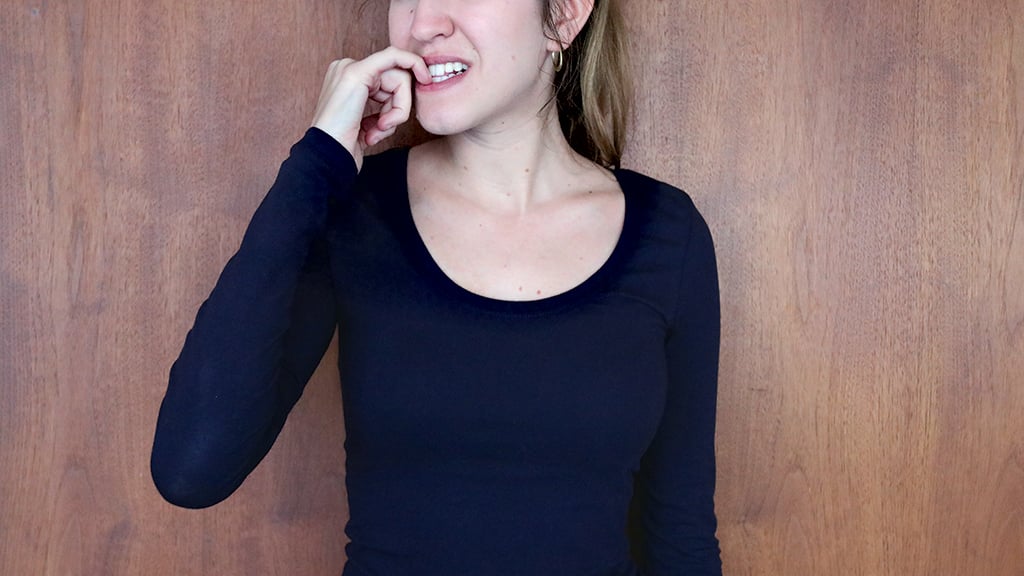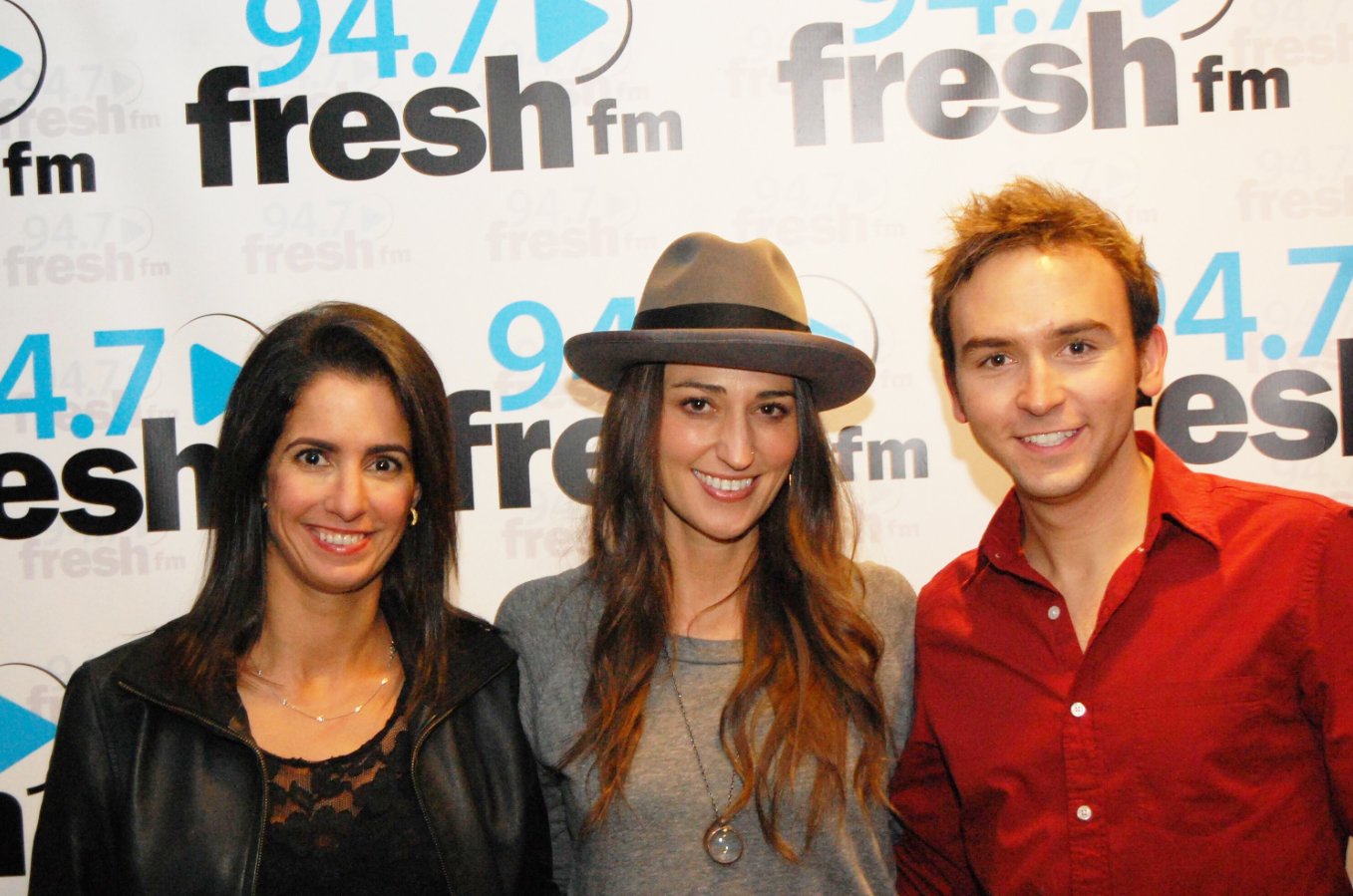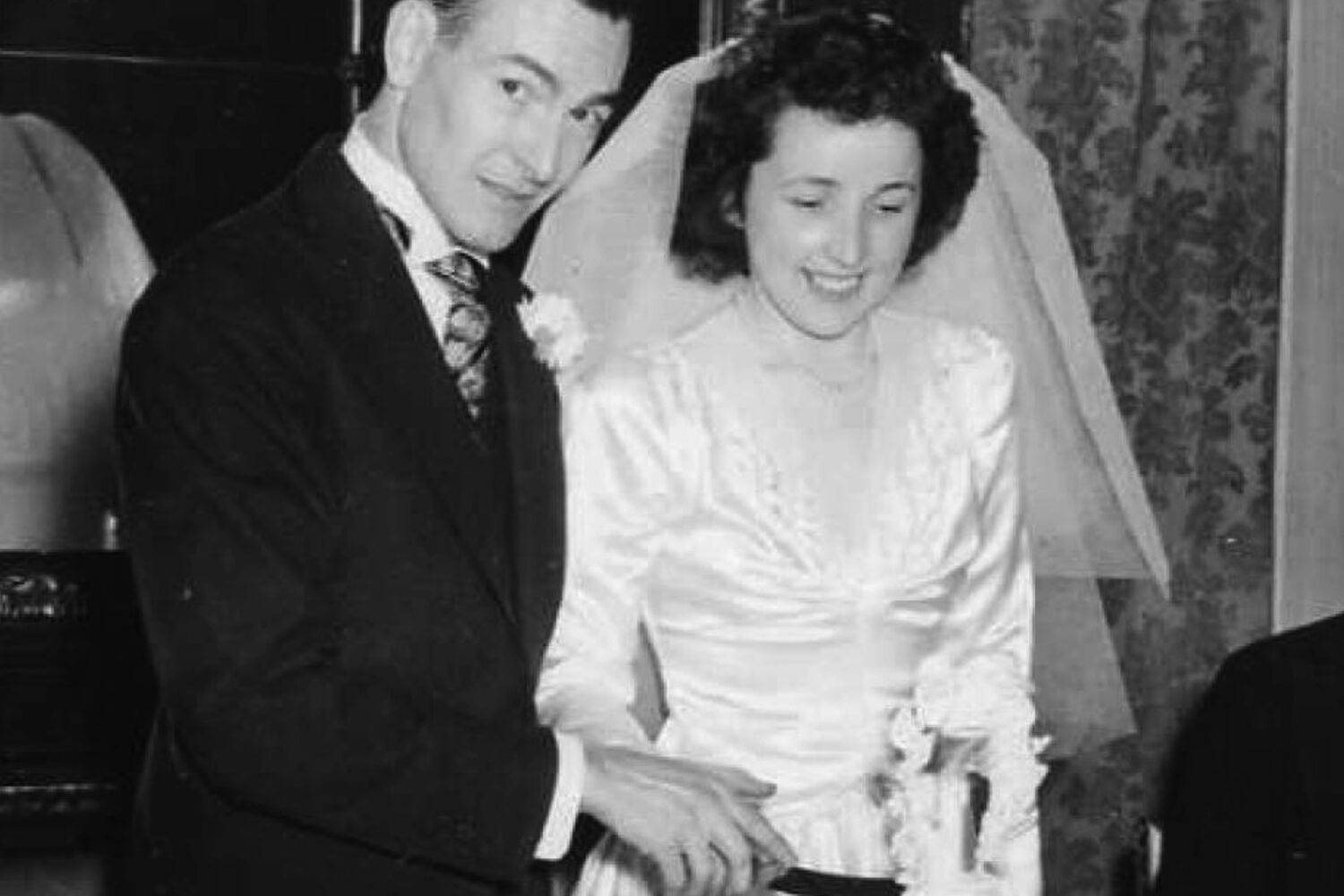My mother used to tell me that if I did weird things to my face, it would stay like that. She repeated this whenever I crossed my eyes or twisted my tongue into a three-leaf clover. She’d reference the Ripley’s Believe It or Not guy, the one with his bottom lip stretched over his nose. When I was about six, she noticed the eyelashes on my bathroom counter and confronted me: “You know if you keep pulling them out, they’ll stop growing back.” Ripley’s again.
The habit had started when a friend swiped a lash from my cheek and told me to make a wish as I blew it off her finger. I tugged to see if any more would come loose. Four or five did, and I blew them away—with more wishes. A few years later, while getting ready for my performance as Clara in The Nutcracker, I dolled up my face with goopy foundation, blush, eyeliner, and (of course) fake eyelashes. To my dismay, when I pulled the lashes off after the show, many real ones fell out, too. I panicked. If I lost more, I’d barely have any.
Beneath the dressing-room lights, my attention turned to my eyebrows. I tugged gently, and a couple hairs came free. The same almost audible pop, the inexplicable gratification, the tiny wisps on my fingertip—but no noticeable reduction in my brow’s thickness.
Until there was. Until the habit, which had begun innocuously, grew uncontrollable. The lash-pulling worsened, too. By the time I noticed, I was a high-school freshman, and oh, I’d also started biting my nails—something I felt more comfortable doing in public simply because it’s more of a thing.
The biting didn’t seem a big deal at first. I joked that I couldn’t join friends for a manicure because my stubby excuses for nails weren’t sufficient for polish. But when it came to my face, I avoided confrontation. I woke early at sleepovers to fill in my brows with eye shadow (I hadn’t yet discovered brow pencils) and made excuses for not liking mascara—in reality, it just clumped on the few lashes I had left.
I thought I could stop these habits if I just tried. “Carry a nail file with you,” my mother suggested. “Use it if you feel a rough edge.” That was before even the bad-tasting polish proved no deterrent to my gnawing. “You must be stressed,” she said. I didn’t think that was it. I associated stress with adults, people running businesses, governments—I was just a kid in school. Regardless, the habits became almost subconscious: I’d tear off a piece of cuticle and be startled by the taste of blood. Having vowed to stop pulling, I’d find a cluster of tiny hairs on my finger. “Trying,” it turned out, wasn’t enough.
Now in my twenties, I recently discovered that millions struggle with these habits. While working on an article about nail-biting (the first time I’d tackled that subject upfront), I came across something called trichotillomania, a condition causing an urge to pull out one’s hair, classified in the DSM-5 under “obsessive-compulsive and related disorders.” Also listed: nail-biting.
Connecting both of these into one nameable thing, I felt an unexpected relief: I have a combination of body-focused repetitive behaviors (BFRBs)—treated by cognitive behavioral therapy, not just “trying hard.” Through a support group, I found a vocabulary for my experience and a community of people who get it. For the first time, these weren’t random quirks but parts of a whole.
As I type, my fingers still go back and forth between keyboard and mouth. A fleeting concern brings my finger to my brow, moving gently across the hairs. It feels natural. The part of me that knows I shouldn’t pull confronts the part that recognizes the sensation, and I do it anyway. Until someday, when the knowing part finally prevails, I won’t.
This article appears in the December 2017 issue of Washingtonian.


















